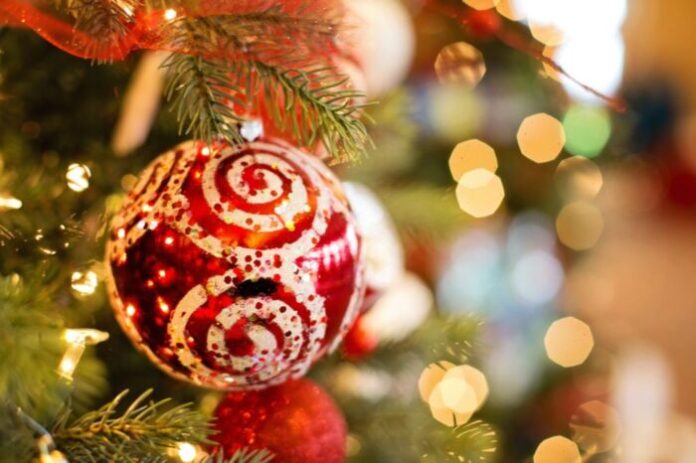
Real or synthetic Christmas tree? This is the question we ask ourselves every year in view of the holidays, especially when our priority is to choose an eco-friendly Christmas tree that respects the environment and does not pollute.
We often think that by choosing a real tree we are promoting deforestation. Nothing could be more wrong, indeed. The fir trees are by no means eradicated but mostly come from nurseries and companies that grow them specifically for the holiday market.
The classic artificial tree, on the other hand, is made of PVC plastics and terephthalate polyethylene so it is not biodegradable. On average, for the construction of a fir of about 10 kg it takes 20 kg of oil and the manufacturing process releases 23 kg of CO2 into the atmosphere. To these numbers we must add the transport from almost exclusively Asian countries. These numbers must be multiplied by at least seven million trees sold in Italy every year, which will take two centuries to dispose of.
It is not really what can be called an eco-friendly Christmas tree. If you do choose to buy it, then, get one that you really like and that is of excellent quality so that you can use it for several years. And when you decide to change, don’t throw it away but give it away or see it again. Surely someone else will appreciate.
Choosing a real Christmas tree is good for the environment. Not only does it not pollute but it contributes to the reduction of CO2 assimilated during growth and prevents hydrogeological instability. Furthermore, it is good for populations living in rural areas where fir trees are grown, especially in Tuscany and Veneto. And if the plantation is organic, well, you will know that you have a real eco-sustainable Christmas tree at home.
It is preferable to opt for a tree that is alive and well, with roots, which must be watered regularly and placed at a safe distance from heaters. This type of tree should not be overly burdened with lights and decorations. You don’t even need to spray synthetic snow because the tree is alive and breathing. The air in your home will be purified by the plant that will spread its balsamic aroma. Veterinarians also recommend natural trees over synthetic ones since dogs and cats, not loving being stung by needles, will thus be dissuaded from climbing natural fir trees as they do fake ones, avoiding damage or minor domestic accidents.
Whether you prefer trees with roots or firs in pots, it is good to make sure that the plant has been grown in certified plantations and not taken from the woods: certified trees do not aggravate the phenomenon of deforestation in any way but, on the contrary, do not they counteract the advance.
What to do with the tree after Christmas? It all depends on the space you have available: you can keep it on the balcony or in the garden, watch it grow and take care of it to have a bigger and more beautiful Christmas tree year after year. If you don’t have space, you can give it to someone with available land or even to the municipalities or the State Forestry Corps. As for the latter, always contact him before deciding to bring your sapling back into the woods, thus avoiding spreading alien species in the wrong places, creating ecological pollution.






































